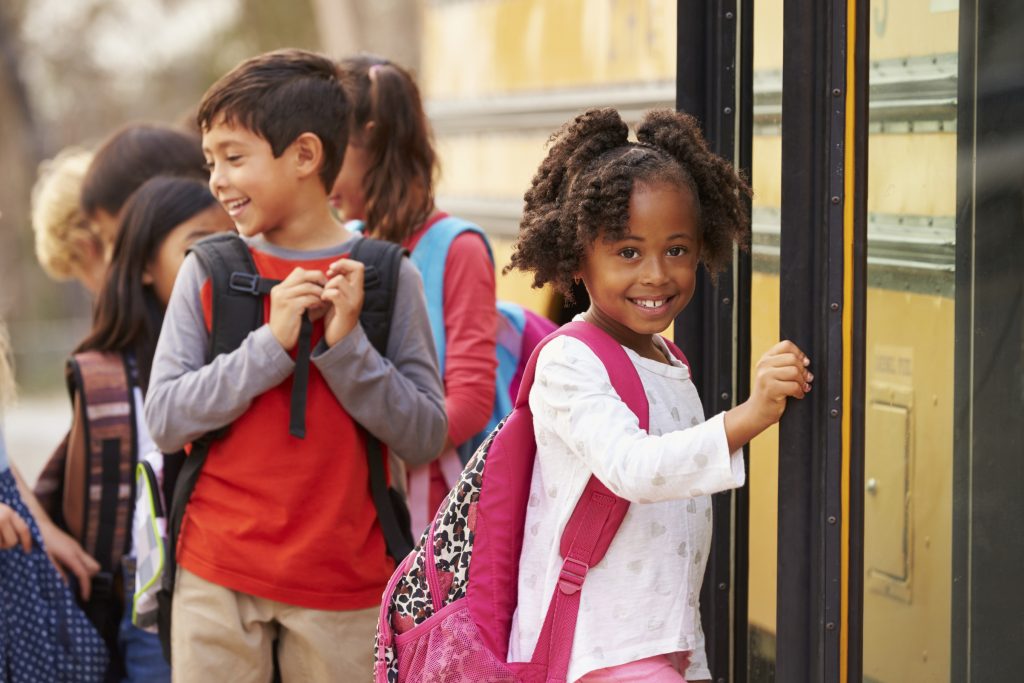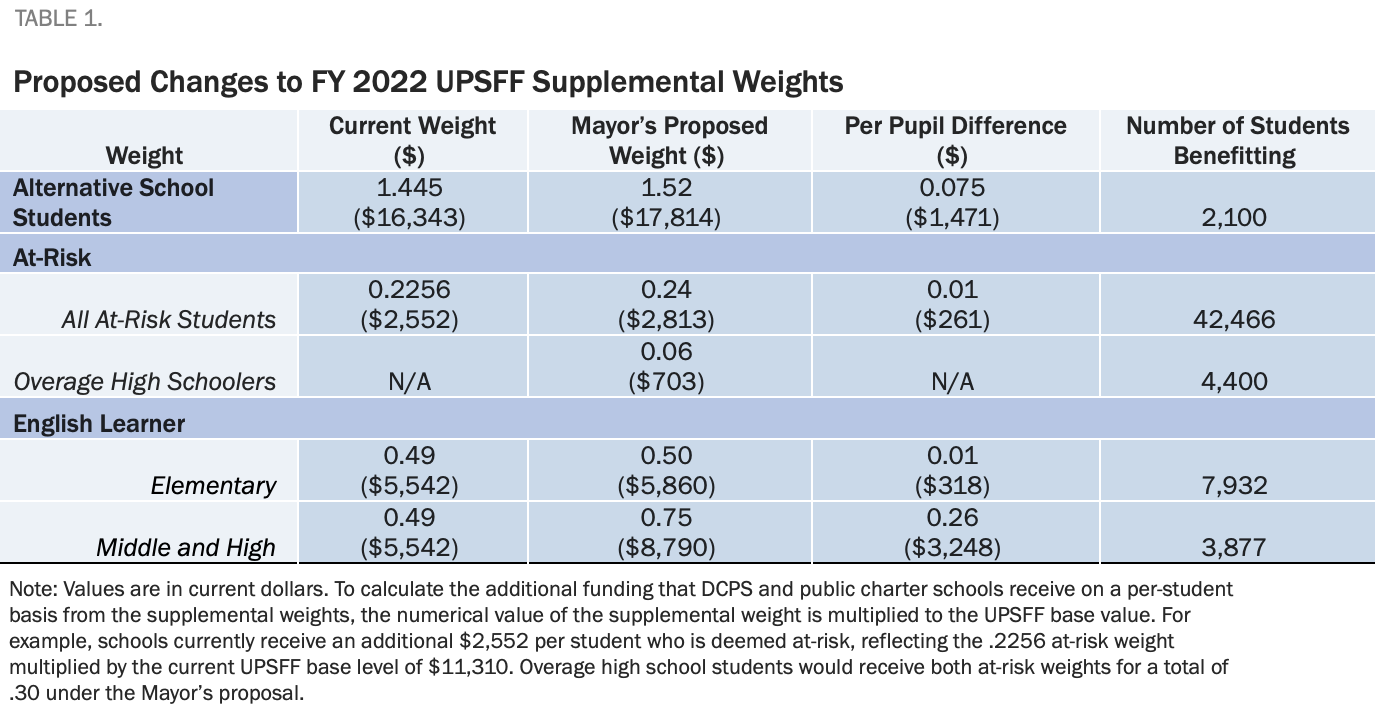The unequal effects of the pandemic on Black, brown, immigrant, and low-income children and families—like the exacerbation of the digital divide and housing, food, and economic instability—threaten to deepen DC’s already wide and persistent racial and economic disparities in student learning.
Now is the time to reimagine the city’s education system and usher in long-overdue structural changes that promote educational equity. DC leaders have an unprecedented opportunity to strategically invest the American Rescue Plan’s (ARP) $386 million in federal education recovery dollars to build towards an equitable and antiracist future for all DC students. With only two weeks left until Mayor Bowser releases her Fiscal Year (FY) 2022 budget proposal, here are three things you should know about her plans for public education so far:
1. The Mayor is proposing a 3.6 percent increase in per-student education funding and a $14 million school stabilization fund paid for by federal relief
The Mayor’s proposal to increase per-pupil spending is commendable given the city’s substantial revenue losses from the pandemic. She is proposing to increase the Uniform Per Student Funding Formula (UPSFF) to $11,720 from $11,310. Because projected student enrollment for school year 2021-2022—the primary driver of public school funding—is not yet publicly available, DCPFI is unable to determine how much more money this will add to the public education budget. The Mayor’s full budget proposal will include these details.
Watchdog and school budget expert, Mary Levy, found in a preliminary analysis of DC Public School (DCPS) budgets that, under this proposal, 40 percent of schools are facing budget cuts and may potentially have to lay off staff. However, the Mayor recently announced a plan to establish a $14 million fund to stabilize individual DCPS school budgets using federal recovery dollars. These funds should allow schools to avoid budget cuts and preserve key staffing positions, such as full-time librarians and behavior technicians that often help promote positive school culture. Still, schools will likely also need additional funding to invest in more resources given the incredible academic, social, and emotional losses students continue to face.
2. Proposed increases in funding for alternative students, English Learners, and students who are considered “at-risk” are valuable, but better implementation and transparency are needed
The Mayor’s proposal would strengthen the at-risk and English Learner (EL) supplemental weights, which provide DCPS and public charter school agencies additional dollars to serve students who are in alternative school settings, students who are considered at-risk of academic failure, and students who are not proficient in English (see Table 1). In total, these changes would add an additional $28 million to the public education system—aligning the proposal with recommendations from the 2020 UPSFF Working Group, on which DCFPI served.
However, it is unclear how much of a benefit the proposed increases will provide without more transparency and better enforcement of the law by the DC Council. DCPS diverts a substantial portion of at-risk dollars to cover general school expenses, a violation of the DC law, as the DC Auditor’s office has documented. Policymakers have consistently underfunded the education budget, including the at-risk supplement, below the recommended levels in the DC Education Adequacy Study. This ongoing practice reduces the value of at-risk supplemental funding and harms Black and brown students and those with low incomes the most. To protect against these issues, the Mayor’s budget should also require DCPS and public charters to provide detailed accounting of how they invest their at-risk and EL funding.
3. Federal relief dollars are unprecedented and call for bold investments in DC’s students
No traditional or public charter school should face cuts this school year, given that the District will receive $386 million for public PreK3-12 education through FY 2024, adding to the millions that it has already received from previous federal relief packages. Ninety percent, $348 million, of these funds must go directly to DCPS and public charter schools, and up to 10 percent can be reserved for other state-level education needs administered by the Office of the State Superintendent of Education (OSSE). DCPS is expected to receive $191 million, while the charters are expected to receive $157 million. The Mayor will release a proposed supplemental budget on the ARP funding, including for public education.
OSSE and the Deputy Mayor for Education should provide guidance to DCPS and public charter schools to determine how to invest recovery dollars to best meet the needs of students. To be true to ARP’s intent, DCPS and public charter schools, in consultation with their communities, should have maximum flexibility to leverage their federal relief funds as they see fit.
Importantly, DC students will need more than just federal relief to recover and move beyond this crisis. These federal dollars allow for one-time investments that, once gone, could leave DC schools under-resourced. It is, therefore, crucial for District leaders to develop a multi-year education funding plan in which local investments are gradually increased to avoid a “fiscal cliff” and sustain once-in-a-lifetime investments now made possible by federal relief.
In the coming weeks, DCFPI will be testifying before policymakers to help ensure that the FY 2022 budget adequately and equitably funds all public schools. To learn more about the DC budget process and how you can get involved, read our Resident’s Guide to the DC Budget.


